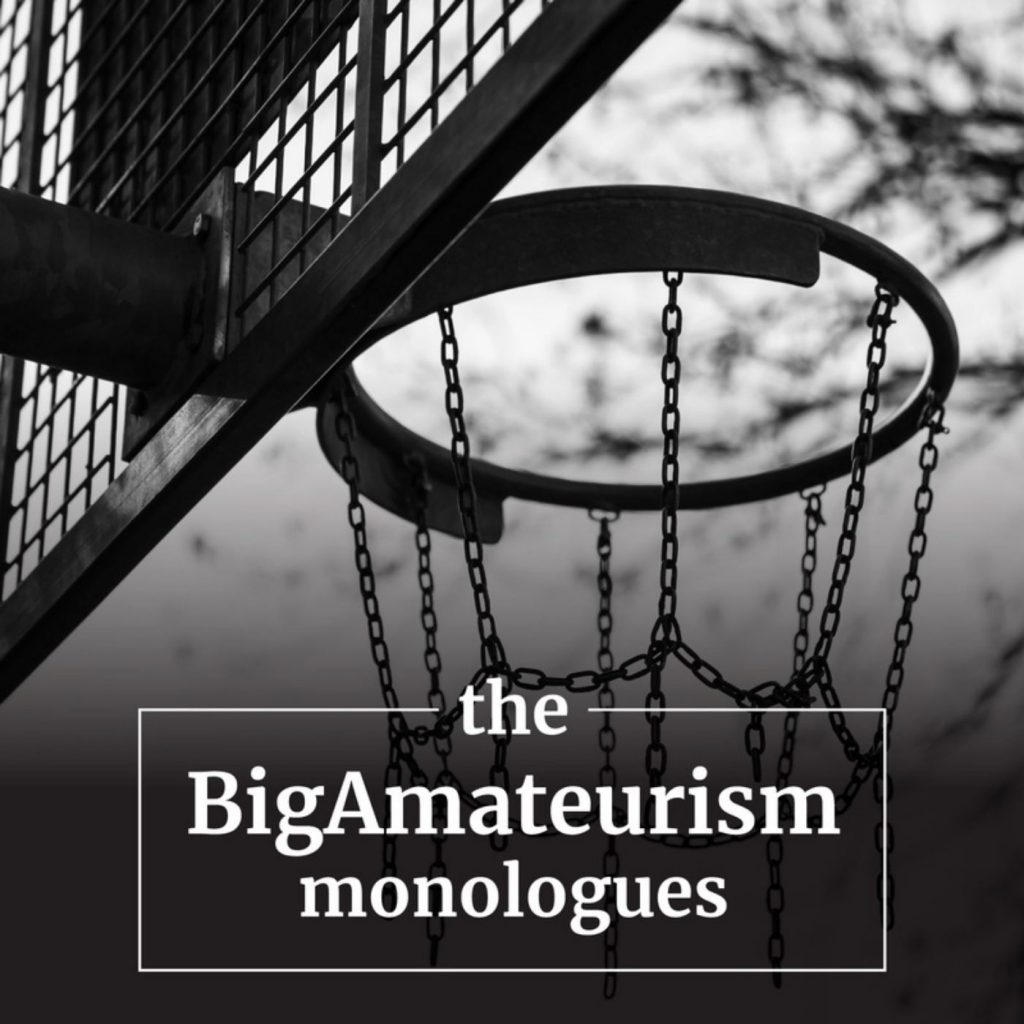Episodes
On September 30th, 2021, the NCAA’s high-powered lobbyists orchestrated yet another Congressional show in the NCAA’s renewed effort to reclaim the Iron Throne of college sports regulation. Last week’s hearing in the House Energy and Commerce Subcommittee on Consumer Protection and Commerce was a reprise of the Senate Commerce Committee’s June 9th, 2021, hearing. The June 9th hearing was the NCAA’s last gasp—and failed— attempt to eliminate state name, image, and likeness laws from the college sports regulatory field before the NIL laws went into effect on July 1st. In both hearings, the NCAA appears to be focused primarily on the federal preemption of state laws and executive orders relating to NIL. However, in the House hearing, the NCAA also renewed its request for complete antitrust immunity and a federal declaration that revenue-producing athletes cannot be university employees. The NCAA’s renewal of its Congressional campaign dovetails with the work of the NCAA’s newly formed Constitutional Committee led by Board of Governors member Bob Gates. For the first time over seven hearings and nineteen months, the NCAA’s reliance on high-powered lobbyists to attain college sports regulatory supremacy was finally put on the table. Congresswoman Lori Trahan (D-MA) asked NCAA president Mark Emmert to pledge that he would not dispatch NCAA lobbyists to “sink” a federal bill that is genuinely athlete-friendly. The hearing was titled “A Level Playing Field: College Athletes’ Rights to Their Name, Image, and Likeness,” which channeled the theme of a bill proposed in September 2020 (and re-released in April 2021) titled “The Student-Athlete Level Playing Field Act.” Congressmen Anthony Gonzalez (R-OH) and Emmanuel Cleaver (D-MO) authored the bill. The NCAA has lauded the Gonzalez bill as a template for federal NIL legislation. Five witnesses testified at the hearing, four of whom supported NCAA objectives. The NCAA’s star witness was Baylor University President Linda Livingstone, who also serves on the Big XII Board of Directors, the NCAA Board of Governors, the NCAA Division I Board of Directors, and the NCAA’s new Constitutional Committee. The hearing last week is a peek into the NCAA’s emerging strategy to push yet again for extraordinary federal protections and immunities, which, if granted, will allow the NCAA to curtail the burgeoning NIL market.
Resources:
Episode 24: Current Events Chaos (June 3rd, 2021)
Episode 27: Roger Wicker Leads Boycott of Athlete Hearing (June 30th, 2021)
Episode 34: Mark Emmert Saves the Day! (July 3rd, 2021)
Episode 39: The “Uniformity” Canard (July 16th, 2021)
The NCAA’s infractions and enforcement case against NC State could wind up in litigation, mainly since the NCAA has capriciously denied NC State the right of appeal from the Independent Resolution Panel’s decision. In that scenario, the climate and culture of the NCAA’s infractions and enforcement staff and processes will be under the microscope. This episode discusses the history of the NCAA’s infractions and enforcement apparatus and the climate and culture developed since the 1950s under Walter Byers’ leadership. NCAA member institutions have ceded to the NCAA national office compete authority for enforcement and infractions work with little oversight. The climate and culture of the infractions and enforcement process and staff are a direct product of national office leadership, particularly the NCAA president(s). Only once in the last seventy years has a member institution boldly and publicly challenged the NCAA’s infractions and enforcement authorities. That challenge began in the 1970s through Jerry Tarkanian’s epic war against the NCAA. Tarkanian’s quest for vindication spanned three decades. It produced one of the most consequential NCAA-related US Supreme Court decisions in history. A 5-4 Court held that the NCAA was not required to provide federal due process protections to those subject to its regulatory authority. Tarkanian is still good law, but that was then; this is now. A challenge to the NCAA’s infractions and enforcement authorities will likely be a much different ball game in the post-Alston world. For this reason, the NC State case can disrupt the NCAA’s infractions and enforcement authorities and the assumptions upon which they are built.
The NCAA’s infractions and enforcement case against NC State has been presented to an Independent Resolution Panel and is now under review for a final decision. As a predicate for an analysis of that case, this episode explains the context for the NCAA’s case against NC State. In 2017, NC State was implicated in a federal criminal investigation into “corruption” in men’s college basketball. NC State’s recruitment of Dennis Smith Jr. was a primary component (along with allegations involving Louisville and Kansas) of the criminal case against two Adidas representatives and an aspiring athlete-agent. Adidas has a long-term contract with NC State worth over six million dollars per year and is thus an “Adidas school.”. Federal prosecutors in the Southern District of New York alleged that the Adidas defendants funneled forty thousand dollars to an NC State assistant coach earmarked for Smith’s father in a scheme to guarantee Smith’s attendance at NC State. The defendants were indicted on multiple wire fraud counts and, after a lengthy trial, were found guilty by a jury. The prosecution’s case rested on a “Victim University” theory. That is, the defendants defrauded the universities when they offered scholarships—allegedly unbeknownst to the universities—to ineligible players and exposed the universities to the risk of NCAA violations. In formulating the “Victim University” theory, the trial judge essentially imported NCAA amateurism-based rules as the standard of conduct for the defendants. Thus, in a literal sense, the judge made violation of NCAA rules a criminal offense. This theory flies in the face of the realities of the talent acquisition market in high-stakes men’s basketball recruiting. It also offends the NCAA’s principles of “institutional control,” which hold the universities strictly liable and solely responsible for NCAA rules violations by those in their employ or under their control—including shoe and apparel companies. This episode explores the obvious tension between the treatment of universities as “victims” in the criminal context but their treatment as perpetrators in the NCAA infractions and enforcement process. These two views of culpability for NCAA rules violations are irreconcilable and shine a bright light on the impossible position institutions such as NC State face when transitioning from “victim” to “perpetrator.”
On August 3rd, 2021, the NCAA Division I Board of Directors announced an immediate and substantial restriction on the Independent Accountability Resolution Process (IARP). The Commission on College Basketball (CCB) recommended the IARP to restore integrity to the infractions and enforcement process in high-stakes NCAA investigations. Launched in August of 2019, only six cases have been referred to the IARP, all in men’s basketball, with five of the six resulting from the criminal cases in New York. The IARP includes an independent Complex Case Unit consisting of outside investigators to find facts and inform independent resolution hearing panels. As clearly stated in the CCB’s report, the Complex Case Unit’s very purpose was to offer an investigatory track completely independent of the NCAA national office’s enforcement staff. Under the Board of Directors August 3rd, 2021, directive, the Complex Case Unit must now accept the investigatory work of the NCAA enforcement staff “unless the [complex case] unit can demonstrate a compelling reason why additional investigation is required.” The Board of Directors based its’ rationale for an immediate overhaul of the IARP’s Complex case Unit authorities on “concerns about the delay in the resolution of cases referred to the independent process” and that “much of the delay is the result of efforts by the Complex Case Unit to ‘re-investigate’ cases that the enforcement staff thoroughly investigated.” This change flies in the face of the very purpose of the Complex Case Unit. The five basketball scandal cases were referred to the IARP between May 18th, 2020, and February 19th, 2021. How can there be a delay in a process that has barely gotten underway? And why did the five-year investigation into Baylor’s football program—decided on August 11th, 2021— not raise concerns regarding delay and inefficiency? This episode analyzes these issues in the context of one of the most important and rarely discussed legal decisions in the history of college sports—NCAA v Tarkanian—decided by the US Supreme Court in 1988.




